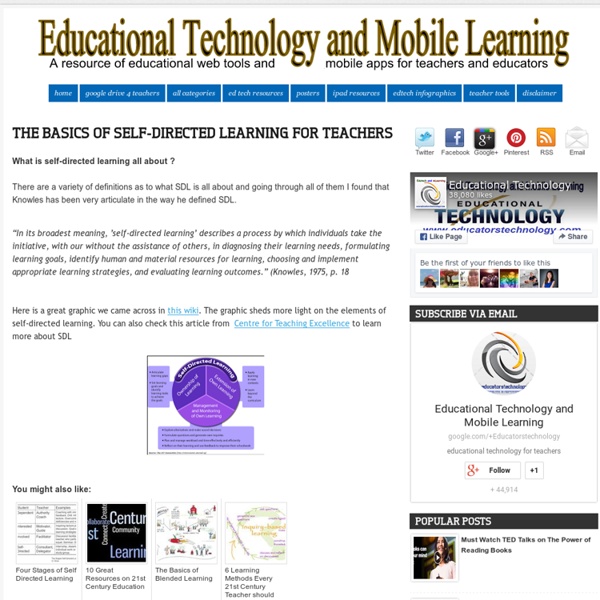U.K. MOOCs Alliance, Futurelearn, Adds British Council To Its Free Higher Education Roster
The U.K. MOOCs alliance, Futurelearn, which was announced last December and will be offering its first free courses “from mid-2013″ with the aim of creating a globally accessible British higher education brand, has added another member to its consortium of backers. The British Council is the latest to join the Futurelearn alliance, following the British Library and a further five universities which piled in last month. The total number of institutions now supporting Futurelearn is 19. The British Council, which operates in more than 100 countries and has charitable status, operating under a Royal Charter, has particular experience in running English language courses and in arts and culture-related education. A spokeswoman for Futurelearn commented via email: “The British Council will be working with Futurelearn on a variety of levels including course development, assessment and examinations.
International Society for Self-Directed Learning - Home Page
Students Speak Up in Class, Silently, via Social Media
“When we have class discussions, I don’t really feel the need to speak up or anything,” said one of her students, Justin Lansink, 17. “When you type something down, it’s a lot easier to say what I feel.” With Twitter and other microblogging platforms, teachers from elementary schools to universities are setting up what is known as a “backchannel” in their classes. The real-time digital streams allow students to comment, pose questions (answered either by one another or the teacher) and shed inhibitions about voicing opinions. Nicholas Provenzano, an English teacher at Grosse Pointe South High School, outside Detroit, said that in a class of 30, only about 12 usually carried the conversation, but that eight more might pipe up on a backchannel. Skeptics — and at this stage they far outnumber enthusiasts — fear introducing backchannels into classrooms will distract students and teachers, and lead to off-topic, inappropriate or even bullying remarks. Photo The 11th graders in Mrs. Mrs.
Self-Directed%20Learning.pdf
In Cisco's Classroom Of The Future, Your Professor Is Just An Illusion
There were a few strange things about the event I attended in a classroom at the San Francisco branch of the University of Pennsylvania’s Wharton School. Instead of students, the room was filled with Cisco executives, professors, and journalists. There were cameras trained on us from all angles. But most noticeably, the man speaking to us in the front of the room wasn’t really there. Neither were the people sitting in the back of the room. The man was standing in front of a nearly identical classroom at the Wharton School in Philadelphia; the people sitting behind us were there as well. We were at Wharton for a demonstration of the Cisco Connected Classroom, a new way of using Cisco’s telepresence technology to make it possible for one branch of an MBA program to hold classes with another branch across the country in real-time—and even bring in guests from elsewhere. The result is a set-up that’s remarkably smooth and immersive. "We’re already seeing a lot of interest.
Self Directed Learning
Google Search Education
Google’s search engine is a powerful and impressive tool for locating information online. Unfortunately for many students, the simplicity of the default search interface can lead to some pretty poor search habits and results. As I wrote in a previous post about Google’s efforts to provide information literacy resources, “it’s often a challenge (in my experience) not only to get students to search using something other than Google; it’s also difficult to teach them how to use Google effectively.” In that previous post, I pointed readers to something Google was calling their “Search Education Evangelism” site, a resource designed to make it easier for instructors to teach information literacy. The new site is called “Google Search Education.” The information hub provides several different lesson plans (with a Creative Commons CC-BY license) for use in the classroom: Each of the lesson plans is available in three levels: beginner, intermediate, and advanced. Return to Top



